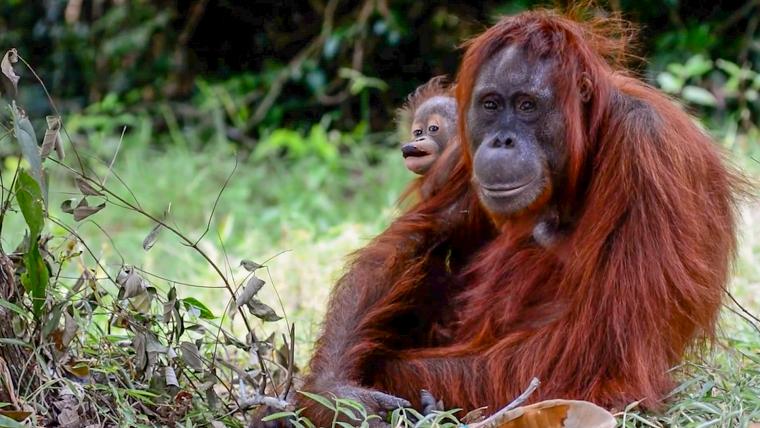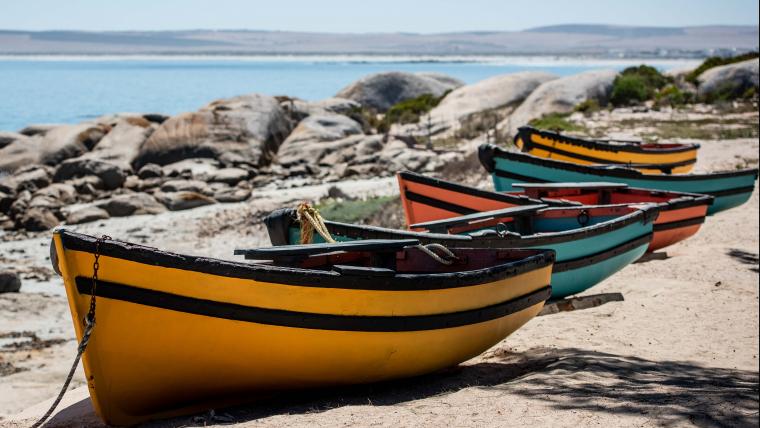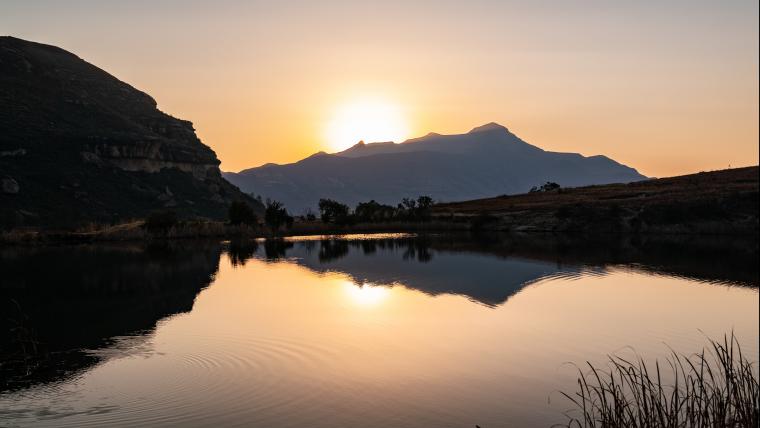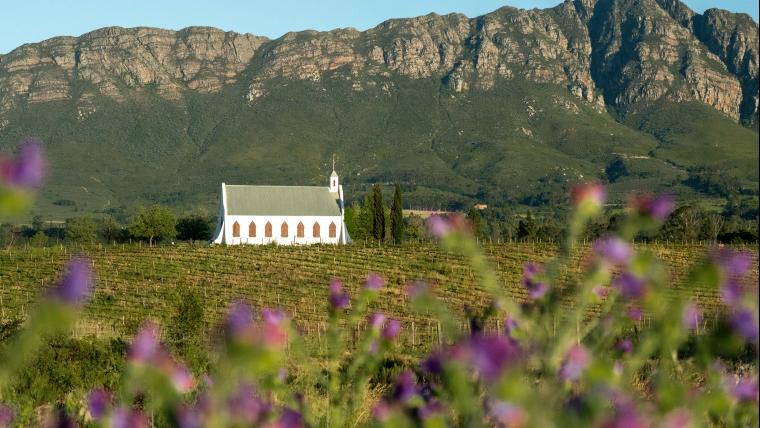
Orangutans deserve a safe childhood. Here’s why it starts with their habitat
With arms that can span over two metres, orangutans are perfectly adapted to an arboreal lifestyle. These solitary animals spend 90% of their time manoeuvring in trees. Even their name is a combination of the Malay words ‘orang’ and ‘hutan’, meaning ‘person of the forest’. But the great apes are losing their rightful place in the treetops.
A century ago, over 200 000 orangutans inhabited southern China, Java, southern Sumatra, and parts of Southeast Asia. Today, they can only be found in the rainforests of Borneo and northern Sumatra and are critically endangered. Female orangutans give birth to only one infant every eight years. These apes guide their offspring to adulthood over seven years, the longest period of any animal to support their young. With an average lifespan of 40 years, female orangutans only foster about four babies. This makes recovering from population declines an uphill battle.
Logging for palm oil plantations is a leading cause in the demise of orangutans. When their home is destroyed, they end up displaced and roaming through farms or close to roads. Trespassing apes are killed or harmed by farm owners. Adults can grow taller than one metre and hunters take advantage of their visible appearance and slow movements. In other instances, they are captured to be sold in the illegal pet trade.
The Orangutan Foundation is safeguarding 5 000 orangutans by protecting their habitat in Borneo. They conserve over one million acres in Tanjung Puting National Park, Lamandau Wildlife Reserve, and the Belantikan Arut region. Their work encompasses rescuing and rehabilitating wounded animals for release back into the forests. The foundation has also set up guard posts to deter intruders and poachers. Orangutans depend on forests to survive. If we preserve these regions, mothers and their young will have the chance to thrive.
Footage by the Orangutan Foundation was used in the creation of this film.






























Please sign in to leave a comment